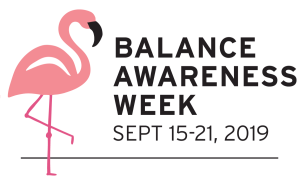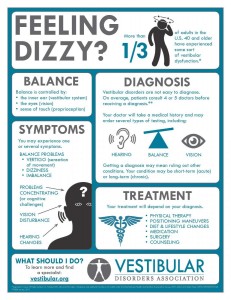September is Thyroid Cancer Awareness Month. Below are some facts related to thyroid cancer.
1. Thyroid cancer has had the fastest increase in incidence of any
cancer in recent years.
2. Thyroid cancer affects people of all ages, from young children to
seniors.
3. Both women and men get thyroid cancer — more than two-thirds
of the people with thyroid cancer are women.
4. Thyroid cancer has many types and variants, with treatment
tailored to the type and individual.
5. When found early, thyroid cancer is usually treatable.
6. Even when treatable, thyroid cancer is life-disrupting, expensive,
and stressful for patients and loved ones.
7. A simple Neck Check done by a medical professional during a
routine appointment can detect a thyroid nodule.
8. Most thyroid nodules are benign, not cancer.






